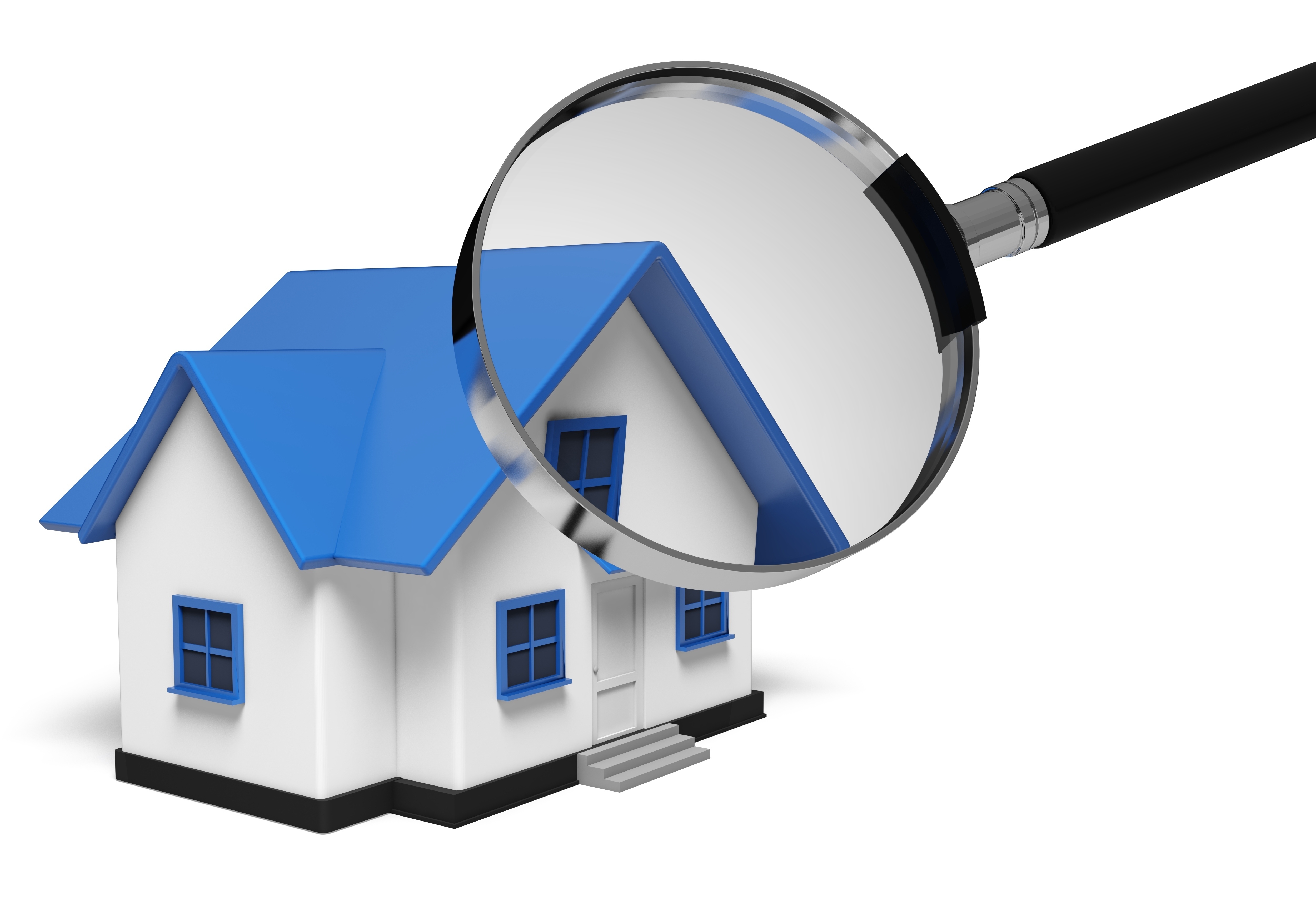
Decoding the Appraisal ProcessPurchasing a house is the most important investment most of us will ever encounter. It doesn't matter if where you raise your family, a seasonal vacation home or an investment, purchasing real property is an involved financial transaction that requires multiple parties to pull it all off. It's likely you are familiar with the parties taking part in the transaction. The real estate agent is the most known face in the transaction. Next, the lender provides the financial capital needed to bankroll the transaction. And ensuring all details of the transaction are completed and that the title is clear to pass to the buyer from the seller is the title company. So, what party makes sure the real estate is worth the amount being paid? In comes the appraiser. We provide an unbiased estimate of what a buyer might expect to pay — or a seller receive — for a property, where both buyer and seller are informed parties. A licensed, certified, professional appraiser from Sara Modock will ensure, you as an interested party, are informed. The inspection is where an appraisal startsTo determine the true status of the property, it's our responsibility to first complete a thorough inspection. We must see features hands on, such as the number of bedrooms and bathrooms, the location, amenities, etc., to ensure they truly are there and are in the condition a reasonable buyer would expect them to be. To ensure the stated size of the property has not been misrepresented and convey the layout of the property, the inspection often includes creating a sketch of the floorplan. Most importantly, the appraiser identifies any obvious amenities - or defects - that would affect the value of the house. Once the site has been inspected, we use two or three approaches to determining the value of real property: a paired sales analysis, a replacement cost calculation, and an income approach when rental properties are prevalent. 
Cost ApproachHere, the appraiser analyzes information on local construction costs, labor rates and other factors to calculate how much it would cost to construct a property similar to the one being appraised. This estimate usually sets the upper limit on what a property would sell for. It's also the least used method. 
Sales ComparisonAppraisers get to know the communities in which they work. They thoroughly understand the value of specific features to the people of that area. Then, the appraiser looks up recent transactions in the neighborhood and finds properties which are 'comparable' to the real estate in question. Using knowledge of the value of certain items such as remodeled rooms, types of flooring, energy efficient items, patios and porches, or extra storage space, we adjust the comparable properties so that they are more accurately in line with the features of subject.
An opinion of what the subject could sell for can only be determined once all differences between the comps and the subject have been evaluated. At Sara Modock, we are experts in knowing the value of particular items in Spring Hill and Pasco County neighborhoods. This approach to value is usually given the most importance when an appraisal is for a real estate sale. Valuation Using the Income ApproachA third way of valuing real estate is sometimes employed when an area has a measurable number of renter occupied properties. In this scenario, the amount of revenue the property generates is taken into consideration along with income produced by similar properties to derive the current value. Arriving at a Value ConclusionCombining information from all applicable approaches, the appraiser is then ready to stipulate an estimated market value for the property in question. The estimate of value on the appraisal report is not necessarily the final sales price even though it is likely the best indication of what a property is worth. There are always mitigating factors such as the seller's desire to get out of the property, urgency or 'bidding wars' that may adjust the final price up or down. Regardless, the appraised value is often employed as a guideline for lenders who don't want to loan a buyer more money than they could recover in the event they had to sell the property again. Here's what it all boils down to, an appraiser from Sara Modock will help you get the most accurate property value, so you can make profitable real estate decisions. |